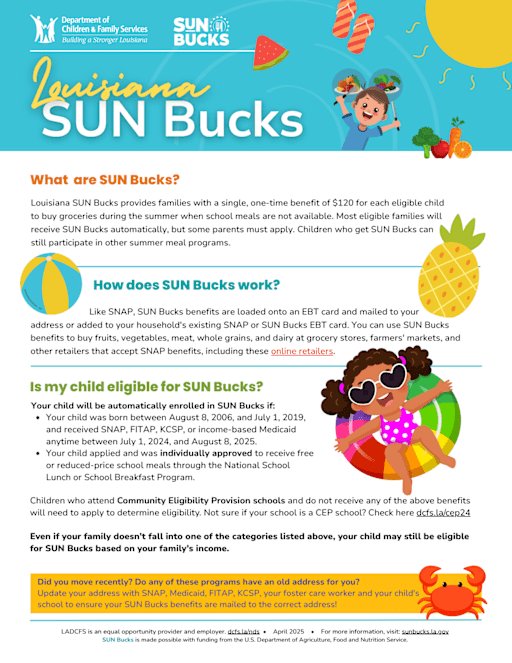Schools typically verify addresses by requesting official documents such as utility bills or lease agreements. These documents serve as proof of residence and help ensure that students are attending school within their designated district. Additionally, schools may conduct home visits or use online databases to cross-reference information. Ensuring accurate address information is crucial for maintaining enrollment integrity and ensuring fair distribution of resources. Let’s delve deeper into the process of how schools check addresses and the importance of this practice in the education system.
How Do Schools Check Addresses: Ensuring Accuracy and Compliance
Welcome, curious learners! Have you ever wondered how schools make sure they have the correct address for each student? It’s a fascinating process that involves a combination of technology, communication, and legal requirements. In this blog post, we will delve into the intricate world of how schools check addresses to ensure that students receive the education they deserve. Let’s start our journey into this important aspect of school administration!
The Importance of Accurate Address Information
Before we explore how schools check addresses, let’s first understand why it is crucial for schools to have accurate address information for every student. Imagine a scenario where a school sends important notices or report cards to the wrong address. It would not only create confusion but also hinder the student’s academic progress. By having the correct address on file, schools can ensure effective communication with students and their families, provide timely updates, and maintain accurate records.
Initial Address Collection
When a student enrolls in a school for the first time, the process typically involves providing personal information, including the student’s address. This initial step is crucial as it lays the foundation for maintaining accurate records throughout the student’s academic journey. Schools rely on parents or guardians to provide up-to-date address information during the enrollment process.
Once the address information is collected, it is entered into the school’s student information system, a digital database that stores essential details about each student, including contact information, academic records, and attendance history. The address on file serves as the primary point of contact for all communications between the school and the student’s family.
Verification and Updates
While the initial address collection is important, schools understand that addresses can change over time due to various reasons such as moving to a new residence or updating contact information. To ensure the accuracy of address information, schools have processes in place to verify and update addresses regularly.
Address Verification Process
One way schools verify addresses is by cross-referencing the information provided by parents or guardians with official records such as utility bills, government documents, or lease agreements. This verification process helps schools confirm the validity of the address and ensure that they have the most up-to-date information on file.
Address Update Requests
Recognizing that address changes are common, schools allow parents or guardians to submit address update requests as needed. This could involve filling out a form, sending an email, or contacting the school directly to provide the new address information. By facilitating this communication channel, schools empower families to keep their address information current and accurate.
Utilizing Geographic Information Systems (GIS)
Some schools leverage technology, specifically Geographic Information Systems (GIS), to enhance their address verification processes. GIS allows schools to map addresses, analyze spatial data, and visualize geographical information effectively. By harnessing the power of GIS, schools can pinpoint address locations, identify potential errors, and streamline the address verification process.
GIS technology also enables schools to overlay demographic data, school boundaries, and transportation routes, providing valuable insights into student populations and optimizing resource allocation. By incorporating GIS into their address management strategies, schools can improve efficiency, accuracy, and decision-making.
Legal Requirements and Compliance
Aside from the operational aspects of managing addresses, schools must also adhere to legal requirements and privacy laws when collecting and storing address information. The Family Educational Rights and Privacy Act (FERPA) is a federal law that protects the privacy of student records, including address information. Schools must ensure the security and confidentiality of address data to comply with FERPA regulations.
Furthermore, schools may be required to verify student addresses for residency purposes, especially when determining school enrollment eligibility based on geographical boundaries. By following established guidelines and protocols, schools can maintain compliance with relevant laws and regulations while safeguarding student information.
So, there you have it, young scholars! Schools take address management seriously to ensure that every student receives the support and resources they need to succeed. By collecting accurate address information, verifying addresses regularly, leveraging technology like GIS, and complying with legal requirements, schools demonstrate their commitment to effective communication, student safety, and academic success.
Next time you receive a letter from your school or notice the school bus picking up students in your neighborhood, remember the intricate process that goes into making sure everything runs smoothly. Address management may seem like a simple task, but it plays a vital role in the educational journey of every student. Keep learning and exploring, and remember that even the smallest details, like an address, can make a big difference!
Thank you for joining us on this educational adventure. Until next time, happy learning!
🫣 ANYONE can see your browser history 😨
Frequently Asked Questions
How do schools verify student addresses?
Schools typically verify student addresses by requiring parents or guardians to provide proof of residency documents, such as utility bills, rental agreements, or official government correspondence showing the address. Some schools may also conduct home visits to confirm that the student lives at the reported address.
What happens if a student’s address cannot be verified by the school?
If a student’s address cannot be verified, the school may request additional documentation or information from the parent or guardian. In some cases, the school may investigate further, which could include conducting a more thorough home visit or contacting relevant authorities if there are concerns about residency fraud.
Why is it important for schools to confirm student addresses?
Confirming student addresses is crucial for schools to ensure that students are attending schools within their designated districts. It helps maintain accurate student records, allocate resources appropriately, and comply with residency requirements set by the education authorities.
Final Thoughts
Schools typically verify addresses through methods like home visits, utility bill checks, and school district databases. Some schools may also use software to cross-reference addresses with public records for accuracy. Ensuring students reside within the designated school zone is crucial for resource allocation and maintaining enrollment integrity. By implementing various verification techniques, schools can accurately confirm students’ residential addresses and uphold enrollment policies effectively. How do schools check addresses ultimately plays a vital role in ensuring fair access to education for all students.




